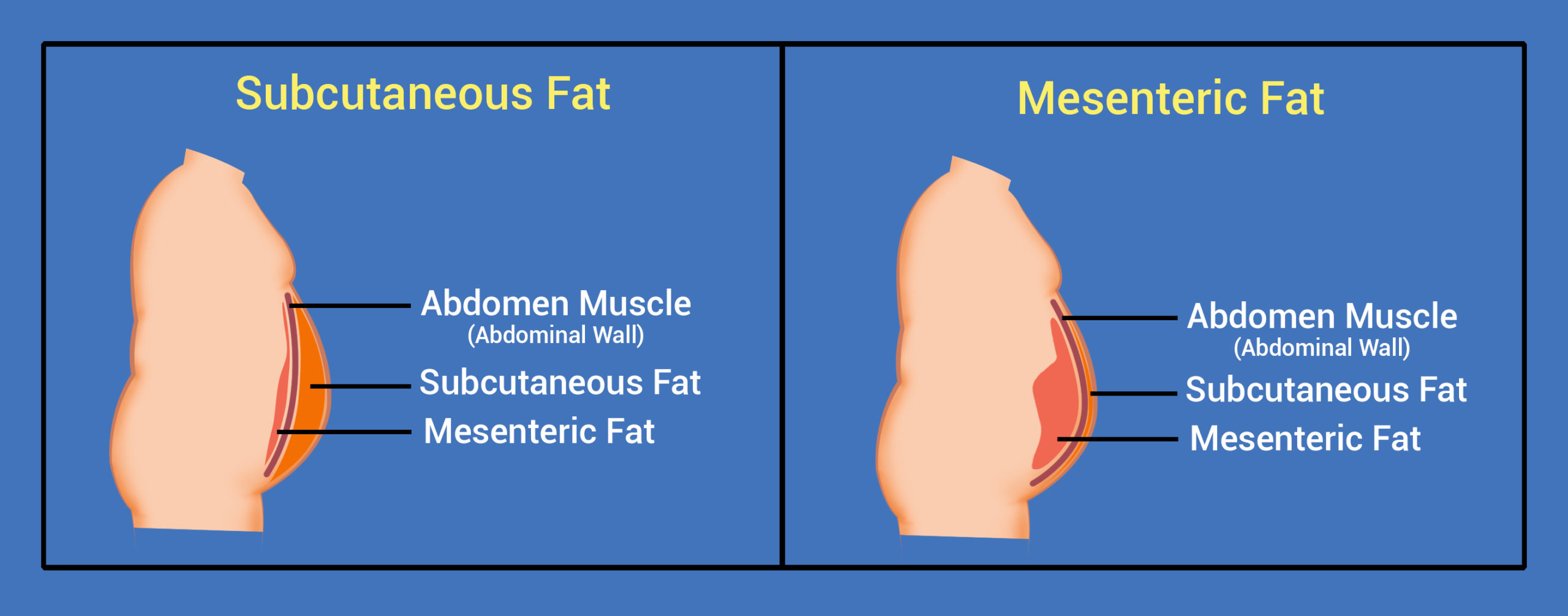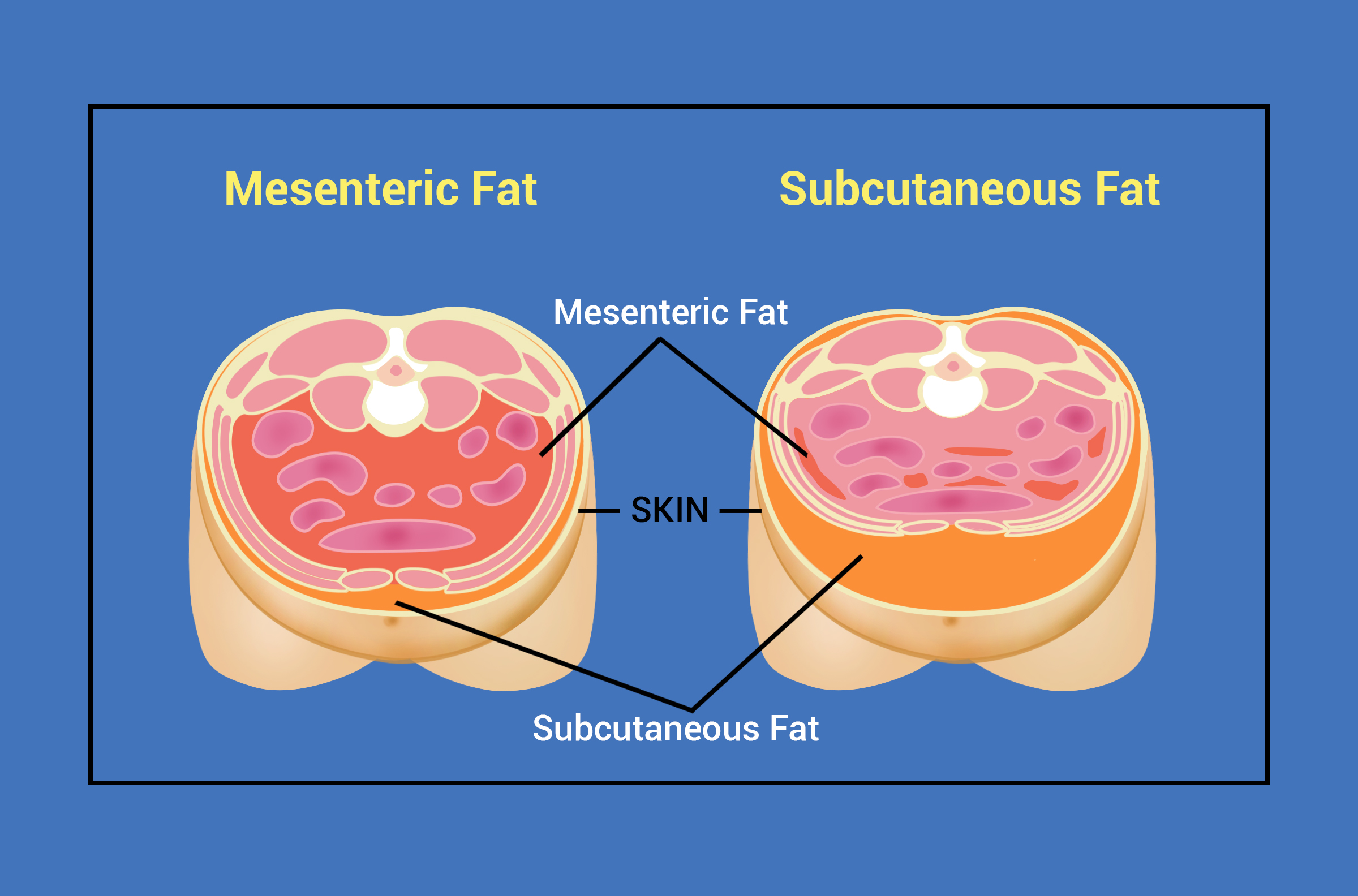Body Contouring Pre-Op: Candidacy and Weight Gain
Medically reviewed by Jennifer Richman on February 22, 2024.
When it comes to gender-affirming body contouring procedures such as a hip dip fat transfer or buttock lift surgery, formerly called MTF feminizing body contouring, patients often ask how they can maximize their results. Since the degree to which fat can be transferred depends on the amount of fat available for grafting, some patients try to gain as much weight as possible before a transgender body sculpting surgery. Here we explain why rapid weight gain is not an effective tactic for operations like a BBL as well as when we might recommend a candidate gain a small amount of weight before surgery.
A dual liposuction and fat transplant procedure is commonly sought out by patients seeking gender-affirming body contouring. This set of procedures is most commonly performed as a trunk liposuction accompanied by a buttocks enhancement, often referred to as feminizing body contouring or body feminization surgery. The combination of these body contouring techniques can help alleviate feelings of gender dysphoria that some might feel about their body shape or fat distribution.
Who is a good candidate for a BBL and/or liposuction?
To see maximal results for a BBL, patients need to have sizable fat deposits in their “donor sites” to be able to transfer it to the buttocks region. Patients with a low BMI may not have a sizable amount of fat to collect. An ideal BMI is typically under 32. A BMI above 32 means it might be difficult to maintain the results postoperatively due to the way fat is deposited in your tissues as body weight increases.
Additionally, people who smoke or vape are not ideal candidates for surgery because smoking tobacco can cause circulation problems. This makes it harder for fat injections to take hold of a blood supply in their new location.
How can I maximize my BBL results?
Because gender affirming fat grafting relies on liposuction to extract and transplant fat to other parts of the body–typically the hips or buttocks–folks who are thinking about going through this procedure are sometimes counseled to gain weight before the procedure. Since the degree to which the buttocks can be filled, rounded out, and made to be more projected depends on the amount of fat that the surgeon has available for grafting, it might make intuitive sense for people to gain as much weight as they can in order to have enough fat available for grafting during surgery.
However, Our doctors would advise caution with this “more is better” approach for two reasons. First, it can be challenging to maintain a sustainable weight that is not natural for our lifestyle. Doing so would require a significant, continuous effort that could be unsustainable in the long term. The second reason has to do with the type of fat that may accumulate. The type of fat that is available for grafting is called “subcutaneous fat” which refers to fat that is stored just beneath the skin. Oftentimes the fat that appears from short-term unsustainable weight gain is called “mesenteric,” referring to the fat that accumulates around the intestines. “Mesenteric” fat cannot be accessed by a surgeon as a part of body contouring, and if present in significant quantities, it can significantly contribute to cardiovascular risk.

The image above shows a sagittal view of mesenteric v. subcutaneous fat stores. Mesenteric fat surrounds the internal organs and is dangerous and inaccessible to surgeons. Subcutaneous fat, however, is just below the skin and is the targeted fat during body contouring procedures.

The image above shows an axial view of mesenteric v. subcutaneous fat stores. Mesenteric fat surrounds the internal organs, and is not the target of body contouring procedures. Subcutaneous fat is stored just below the skin and is the only fat that can be removed by body contouring procedures.
Sustainable v. Unsustainable Weight Gain Before Feminizing Body Contouring
When thinking about preparing for a body contouring procedure that involves fat grafting, it is important to keep in mind the distinction between sustainable and unsustainable changes to your diet, exercise, or lifestyle. Sustainable changes refer to changes that a patient could maintain for a long(er) period of time, whereas unsustainable changes would be temporary lifestyle shifts that would fade away quickly after surgery.
Generally speaking, as a practice, we tend to counsel patients away from making unsustainable changes to their lifestyle, diet, and exercise routines. This includes straying away from asking patients to gain weight before a fat grafting procedure. If a patient were to gain weight by changing their lifestyle in a way that would not be maintained after surgery, then after an expertly performed body contouring procedure with fat grafting, the patient would likely return to their former weight. As a result, the bulk of the fat that had been transferred and grafted would also “deflate” from weight loss and diminish in size.
That said, if a patient has less body fat than would be ideal for fat grafting, and they might be candidates for sustainable lifestyle changes that would result in a small amount of weight gain. Following this kind of protocol could very well help their surgery outcomes. If you have questions about weight gain and qualifying for surgery in your specific case, you can ask one of our surgeons here.
In Summary
- There are some surgeons and social media celebrities who recommend rapid weight gain before fat grafting to “maximize” results. Our practice only recommends moderate sustainable weight gain.
- In general we do not recommend weight gain if intra-abdominal fat is present.
- Unsustainable weight gain before feminizing body contouring usually results in patients returning to their normal weight after they heal from surgery. This could mean a complete reversal of results after surgery.
- The quantity of individuals who are good candidates for a moderate amount of weight gain that stays within their sustainable lifestyle is relatively few.
- We tend to only recommend surgery for people who are quite good candidates for a significant degree of improvement at the time of the original consultation. Schedule a consultation with one of our surgeons to learn more about your candidacy for gender affirming body contouring!
Request a Free Surgical Consultation Today.
All virtual and in-person consultations with our board-certified surgeons are free. Once you fill out this form, our patient care team will reach out and guide you through every step to get to surgery.




